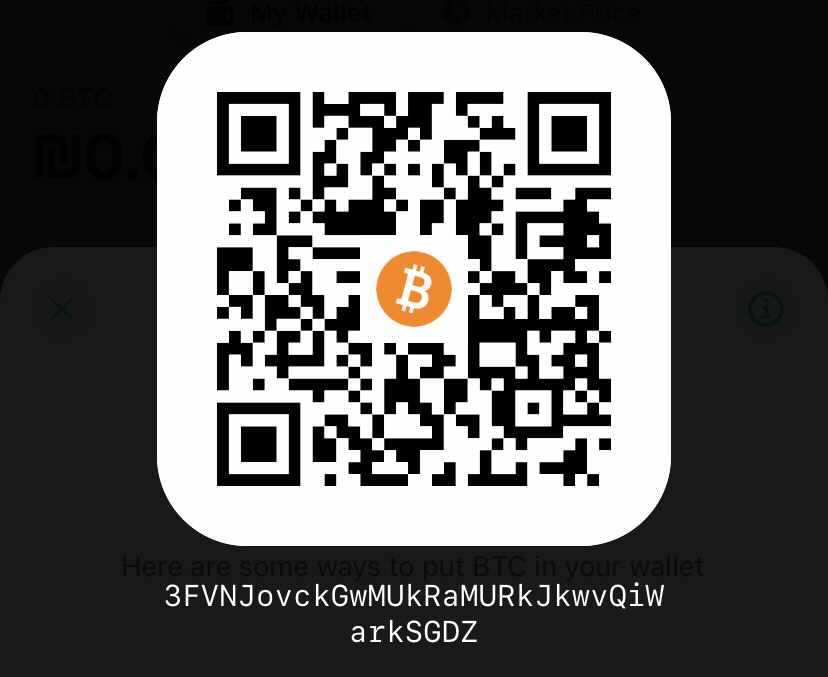Welcome to the future of finance. It’s a great time to join the revolution.
Learning crypto is like learning a new language and if you want to experience this new world to the fullest, you’ll need to know some of the basic concepts. Some apply only to Zengo, but the majority are useful even if you don’t use Zengo.
Let’s get started!
1) You control and own your crypto
In Zengo, your crypto is “on-chain” and controlled by you. That means that your funds are not stored in a centralized database, like a bank or an exchange (like Coinbase, or Paypal or Robinhood), but distributed across a global network of independent machines (also called miners) that maintain a safe record of your transactions and guarantee their security. Zengo is just your safe and simple gateway to the blockchain.

You’re in control and only you can make transactions 24/7, each of which is registered on the blockchain. You can verify your transactions on the blockchain anytime by using an “explorer” which is a website that helps you navigate all the transactions that you made or received. Zengo has a built-in explorer if you’d like to verify your own transactions. This is an example of explorer which is also available in Zengo
Tip: Tap on a transaction in your activity history to view it in a blockchain explorer.
2) Blockchain transactions cannot be reversed once completed
Blockchain transactions are similar to payments made in cash: once it leaves your possession there’s no way to cancel it. That’s why it’s critical to trust the person or organization to whom you’re sending and verify that you’re sending to the correct address which can be done conveniently in Zengo. Read more on this on our account safety page.
Tip: Always verify the transaction details before confirming your transaction.
3) Blockchain transactions require “confirmations”
Once a transaction is broadcast to a blockchain (e.g. after you confirm it in Zengo), the blockchain operators need to “confirm” it on the blockchain in order for it to be considered final. But that’s not all.
Each blockchain has a different number of confirmations it recommends to wait before considering a transaction “final”.
In addition, each crypto service, such as a wallet or exchange, may have different requirements regarding how they consider a transaction as “final”.
Zengo, for example, requires only 1 confirmation for Bitcoin before adding it to your balance, but other services may require 6 or more confirmations. This affects the time it may take for you to see a transaction arriving on the other side. Until full confirmation, a transaction is considered “pending”.
Tip: You can verify transaction confirmations in a blockchain explorer by tapping on the transaction in your Zengo activity history.
4) Public addresses
A public wallet address is a string of characters you use to send a transaction to someone or to receive a transaction in your wallet.
For Bitcoin in Zengo, a public address will look like this

Each blockchain has different address formats (for example Ethereum public addresses start with 0X) and you should never send an asset to an incompatible address format – you will lose your funds.
Tip: You can use a QR code instead of copying a string of characters.

5) Blockchain transactions are not instantaneous
You can access your funds and make transactions 24/7/ but there is a delay between the moment you send a transaction and the moment it reaches the recipient because transactions require enough confirmations to be displayed on the other side.
The time a transaction takes to be fully completed can vary widely based on the level of blockchain network congestion and the number of confirmations required by the other side.
There are some new technologies like the lightning network and others that promise instantaneous transfers, but they’re not yet widely adopted.
Tip: you can verify the status of congestion of the network here (for Bitcoin) and here (for Ethereum)
6) Bitcoin public addresses change for each new transaction
The public wallet address you use to receive Bitcoins changes after each transaction, but always follows your account.
It is as if you had multiple sub-bank account numbers that cumulatively represent your total balance. This is done to protect your privacy since each address can be publicly queried and would expose your balance. There is nothing to worry about though: your old addresses will still receive transactions as long as you have access to your wallet account.
Tip: If you need to re-use an old address you can find your history in your account section
7) Sending a transaction requires paying a blockchain network fee
Every time you send a crypto transaction you will need to pay a fee to the network of miners (not to Zengo) for processing, validating, and confirming your transaction. This is not specific to Zengo but to all services that broadcast transactions to the blockchain.
In addition, to send a token built on Ethereum (for eg: ERC20 tokens) you need to pay network fees in Ethereum (ETH) and not in the token you are sending (e.g. USDC). That means you will not be able to send ERC20 tokens if you do not own ETH.
For more informations on network fees please read our explanations here
Tip: Always make sure you have enough funds to cover the fees or future fees (for ex after your swap all your ETH to a token).
8) Crypto asset prices are highly volatile
The price of crypto assets is highly volatile and varies based on market supply and demand. It is very easy to get confused at first when everything is denominated in USD.
But when you send or buy 100 USD of Bitcoin, for example, it is very likely that you will not receive 100 USD of Bitcoin on the other side because the price of Bitcoin changes so quickly. However, the same exact quantity of Bitcoin you purchased will arrive. In short, it’s important to remember that you are transacting in crypto and not in your local currency. The same amount of crypto you send will be received by the other side, but its local currency value may change.
In the case of stablecoins (crypto assets pegged to the US dollar for example) the prices are mostly stable (very low or no variations), but you’re still transacting in cryptocurrency, not in national currency.
Tip: Always check the asset price history at the moment of your transaction.
9) Blockchain network fees are dynamic and change all the time
Blockchain network fees, paid when you make a transaction to another wallet, are dynamic and change all the time depending on the network congestion. For the same transaction (e.g. sending 1 BTC) you may pay very different network fees if you send right now and a day from now.
The amount of fee paid can affect the speed of your transaction. Miners will prioritize your transaction based on the reward they get from processing it. You could pay a very low fee (compared to the average) but your transaction may take a long time to be processed, or you could pay a lot more to arrive faster but you may also over-pay. In Zengo we optimize for a balance of speed and cost. Feel free to read our note on network fees here.
Tip: Avoid sending if you can during periods of network congestion when fees are high. There are tools you can use to check that.
10) When purchasing or trading crypto the price may differ from the spot market price
The purchase price of a crypto asset is different from the spot price you can find on an exchange or market prices service because it includes a margin (also called the “spread”) which covers the risk of price volatility.
This is why you will see a different price for Bitcoin between the value in chart history and the purchase section. When you purchase crypto you purchase a particular quantity of crypto assets (e.g. 1 BTC) at a given price at a moment in time including a spread. You get this exact quantity of crypto delivered once the purchase is completed (in this example 1 BTC) regardless of its local currency value and fees.
In addition other fees may be applied by our trading partners such as national currency conversion (if you buy in a national currency that is not USD, GBP, CA dollar, Australian dollar and EU) and pay for an additional network fee which is used to cover the cost of sending you the crypto you bought.
Tip: Look carefully at the purchase summary page to see the price you pay for each asset before confirming your purchase or trade.
[BONUS] Private keys vs. keyless wallets
In traditional self-hosted wallets, a private key is a single password in the form of a long string of characters that enables you to recover and spend your wallet funds. Wallets will also provide you with a passphrase, usually 12 or 24 words which you need to keep “somewhere safe” and that when used correctly will enable you to recover your wallet on a new device for example.
In Zengo there are no private keys. Zengo is keyless, meaning that it never uses private keys. Instead, your funds are protected by distributed MPC wallet security and enforced by multi-factor protection which makes passwords unnecessary. You can read more about it on our security section.
Tip: Back up your Zengo wallet as soon as possible for complete security and peace of mind.
Conclusions
This is not an exhaustive list, but a good rule of thumb in crypto is “ABC” (always be curious). Crypto is a never-ending rabbit hole of innovations and information. This is why we also have a 24/7 human chat support so we can always help with any questions that you may have.
